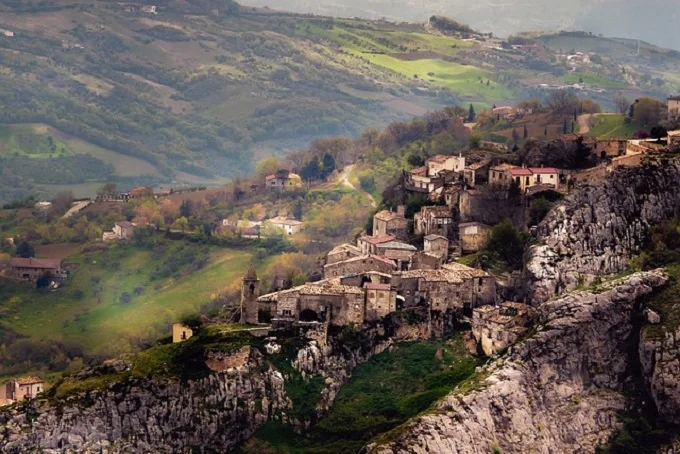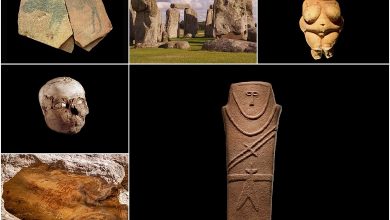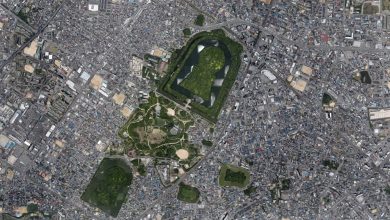6 countries that once controlled the entire world

Today these countries are just a shadow of their past. Some of them have become ten times smaller than they were at the peak of their power. Some of them fell under their ambitions, others because of inept management, and still, others realized that it was not profitable to maintain the colonies. But, in any case, these small countries once caused shock and awe among those around them.
United Kingdom
Today Great Britain covers an area of 243 thousand square kilometers, which is the 78th place in the world. However, relatively recently, just 100 years ago, the British Empire ruled over a territory of more than 36.6 million kilometers. According to this indicator, the British Empire was the largest colonial state in the entire history of humankind, with colonies on all continents.
After the First World War, liberation movements broke out in the colonies of the British Empire, which were suppressed by harsh methods. They temporarily calmed down during the Second World War but flared up with renewed vigor. With the coming to power of the Labor Party, which supported the idea of decolonization, the liberation of India, Pakistan, Burma, Ceylon, Malaysia, and other countries began, which led to the collapse of the empire.
But this was done not out of good intentions but because of the growing radicalization of society in the colonies and the fear of the metropolis before revenge for what the country was doing in the controlled territories. Liberating the colonies, the British Empire was not guided by common sense and the real situation but drew borders on the map, knowing full well what creates future conflicts, as happened with India and Pakistan.
Austria
Today Austria is a small country with 83 thousand square meters, ranking 112th in the territory. But just over 100 years ago, it was the Austro-Hungarian Empire with an area of 676 thousand square kilometers, which included the regions of modern Austria, Hungary, Czech Republic, Slovakia, Slovenia, Croatia, Bosnia and Herzegovina, half of Romania, part of Italy, Poland, Serbia, Montenegro, and Ukraine.
After the assassination of Archduke Franz Ferdinand, Austria-Hungary began World War I. The empire suffered a crushing defeat and split into many parts under the pressure of the national liberation movements. Later, in 1938, taking advantage of the weakness of Austria, the Anschluss took place – the annexation of this country by Germany. After the war, Austria gained independence as a republic.
Mongolia
Modern Mongolia cannot be called a small country because it is 1.5 million square kilometers, the 18th largest country globally. However, today’s Mongolia is much smaller than the Mongol Empire, which was created by Genghis Khan
At the same time, the state founded by Genghis Khan included the largest contiguous territory in history. The Mongol Empire stretched from the Korean Peninsula to eastern Poland and influenced the history of many countries in Asia and Europe, having a military advantage overall. Later, due to internal hostility, the empire split into several states and was then conquered by those it had previously conquered.
Portugal
Portugal today is the periphery of Europe, covering an area of 92 thousand square kilometers, which is 109 in the world. But once, this country occupied an area of 10.4 million square kilometers and was one of the strongest trading empires. It consisted of Brazil, Mozambique, Angola, small colonies in Asia, and North America.
Having existed from the 15th to the end of the 20th century, the empire gradually lost its colonies, and Macau and East Timor were the last to break away from it. The only overseas territories of Portugal are the Autonomous Region of Madeira and the Azores.
Netherlands
The Netherlands gained its independence only at the end of the 16th century and immediately searched for new colonies, primarily for trade. In the early 17th century, the Dutch East India Company was founded to compete with the Spanish and British Empires in the East Indies. The Netherlands gradually acquired many colonies on almost all continents, increasing its influence.
By the 18th century, the Netherlands included the territories of Indonesia, Guiana, India, Taiwan, Borneo, Java, and other colonies. The state’s total area at the peak of its power was 3.7 million kilometers. The Netherlands has been one of the most successful trading empires in history when it comes to trade.
In the 20th century, with the growth of national liberation movements, the Netherlands began to lose colonies and almost completely lost them with the German occupation during the Second World War. Today the Netherlands covers an area of 41 thousand kilometers, which is 131 places in the world.
Japan
Modern Japan covers an area of 377 thousand square kilometers, which is 61 places in the world. But at the height of its power, it stretched 7.4 million kilometers. The Japanese Empire included part of the Republic of China, Burma, the Philippines, Kampuchea, Vietnam, Laos, New Guinea, and other colonies.
After the defeat of the Japanese Empire in World War II, all the territories it conquered gained independence. The country itself ceased to exist until 1952 when the San Francisco Peace Treaty was signed.




